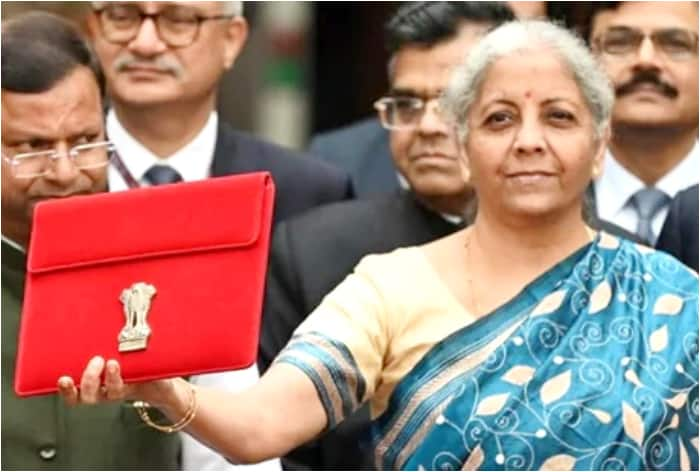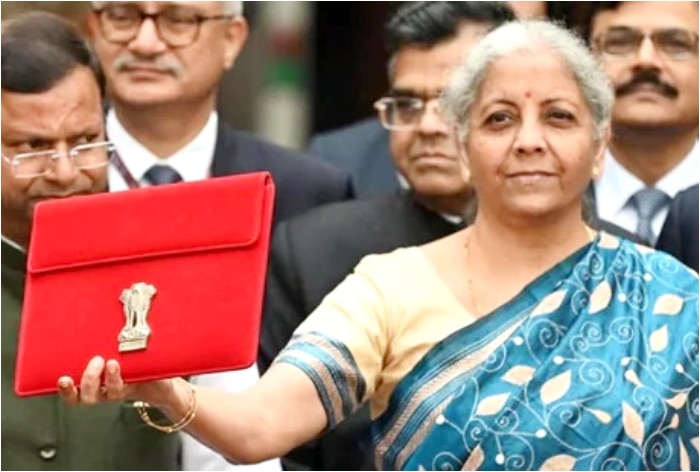Budget Facts: Finance Minister Nirmala Sitharaman will present Union Budget 2024 in the Parliament today. Here Are Some Facts Related To Budget Presentation In Independent India.

New Delhi: Finance Minister Nirmala Sitharaman is all set to present the Union Budget 2024 in the Parliament today. By presenting this budget, she will create history for presenting her seventh straight Budget for the fiscal 2024-25. Today FM Sitharaman will surpass the record of former prime minister Morarji Desai.
Sitharaman, who will turn 65 next month, was in 2019 appointed as India’s first full-time woman finance minister when Prime Minister Narendra Modi won a decisive second term. Since then, she has presented six straight budgets, including an interim one in February this year.
It is worth noting that, the full Budget for the 2024-25 fiscal will be FM Sitharaman’s seventh straight budget. She will better Desai’s record, who presented consecutive five full budgets and one interim budget between 1959 to 1964.
Here Are Some Facts Related To Budget Presentation In Independent India:
FIRST BUDGET: The first Union Budget of free India saw the light of day on November 26, 1947, presented by none other than the very first finance minister of our nation, RK Shanmukham Chetty.
MOST NUMBER OF BUDGETS: Morarji Desai, who once held the esteemed position of Prime Minister, established an outstanding record by delivering 10 budgets as the Finance Minister. Impressively, he served under two prime ministers – Jawaharlal Nehru and Lal Bahadur Shastri.
He presented his first budget on February 28, 1959, and presented full budgets in the following two years before presenting an interim one in 1962. This was followed by two full budgets. After four years, he presented another interim budget in 1967, followed by three full budgets in 1967, 1968, and 1969, presenting a total of 10 budgets.
SECOND HIGHEST NUMBER OF BUDGET: P Chidambaram, a renowned figure in the finance sphere, has stood at the budget podium nine times. His budgetary journey began on the 19th of March, 1996, under the governance of HD Deve Gowda’s United Front Government. The following year too, he upheld the responsibility of presenting the budget under the same government. Fast forward to 2014, under the administration of the Congress-dominated UPA government, Chidambaram once again stepped into his familiar role of shaping the country’s budget.
He presented five budgets between 2004 and 2008. After a stint as Union Home Minister, he was back in the finance ministry and presented budgets in 2013 and 2014.
THIRD HIGHEST NUMBER OF BUDGETS: Pranab Mukherjee, while acting as the finance minister, unveiled eight budgets in total. His budget presentations span over the years 1982, 1983, and 1984, and then continuously from February 2009 through to March 2012 under the UPA government, which was steered by the Congress party.
MANMOHAN SINGH: As the Finance Minister under the P V Narasimha Rao government, Manmohan Singh, who later served as the Prime Minister, presented five back-to-back budgets from 1991 to 1995.
LONGEST BUDGET SPEECH: Sitharaman holds the record for the longest budget speech when her presentation on February 1, 2020, lasted two hours and 40 minutes. At the time, she cut short her speech with two pages still remaining.
SHORTEST BUDGET SPEECH: Hirubhai Mulljibhai Patel’s interim Budget speech in 1977 is so far the shortest at just 800 words.
TIMING: The Budget was traditionally presented on the last day of February at 5 pm. The timing followed a colonial era practice when the announcements could be made in London and India at the same time. India is 4 hours and 30 minutes ahead of the British Summer Time, and so presenting the budget at 5 pm in India ensured that it was happening in the daytime in the United Kingdom.
The timing was changed in 1999 when the then finance minister Yashwant Singh in the Atal Bihari Vajpayee government presented the budget at 11 am.
Since then budgets are presented at 11 am.
DATE: In 2017, the government decided to shift the Budget announcement date to February 1. This move was aimed at getting the parliamentary approvals wrapped up by March-end, enabling the Budget to be put into action from the start of the financial year on April 1. Before this change, the Budget used to be announced on February 29, which often led to implementation delays until May or June, mainly due to the time-consuming parliamentary approval procedures.

